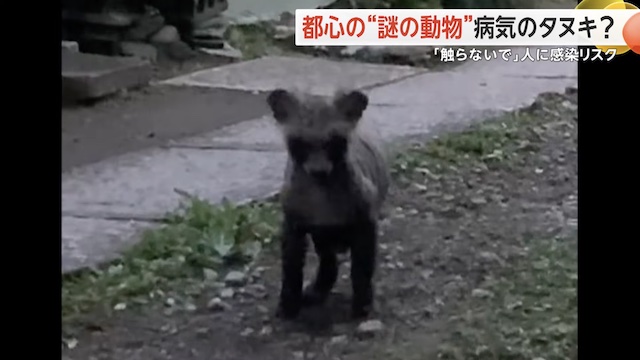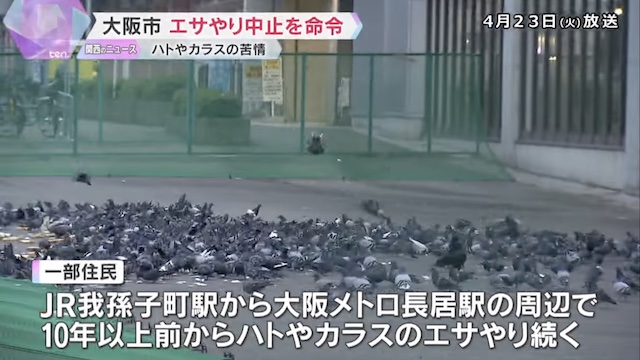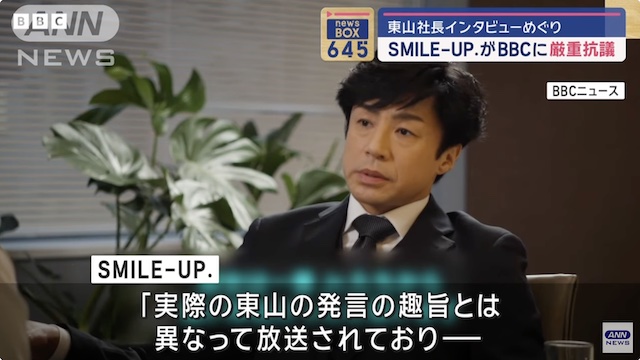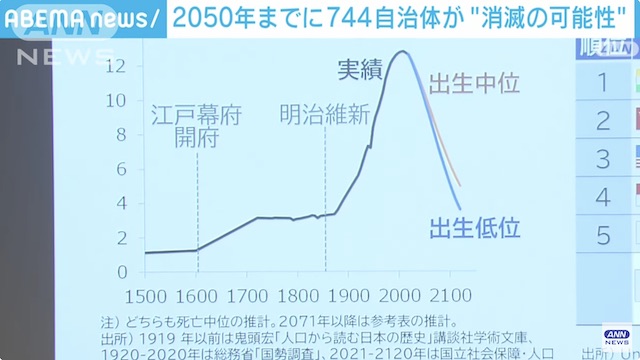Jul 07 (Japan Today) - UNESCO decided Saturday to add to the World Heritage list two tumulus clusters in western Japan, which represent an ancient burial system and the hierarchy of society at the time.
The sites, comprised of 49 tombs in Osaka Prefecture and collectively called Mozu-Furuichi tumulus clusters, include the country's largest keyhole-shaped mound named after Emperor Nintoku, who is said to have reigned in the fourth century.
The Emperor Nintoku mausoleum, officially called Daisen Kofun, is part of the Mozu cluster in Sakai and is 486 meters long. It is said to be one of the three largest mounded tombs in the world, along with the Mausoleum of the First Qin Emperor in China and the Great Pyramid of Giza in Egypt.
The 49 tombs, varying in size and shape, are supposed to have been built between the late fourth and the late fifth centuries. With the registration, the number of world heritage sites in Japan increased to 23 -- 19 cultural and four natural sites.
The listing followed a recommendation by a UNESCO advisory panel in May, which said the tumulus clusters demonstrate the ancient period's "socio-political structures, social class differences and highly sophisticated funerary system" and "an outstanding type of ancient East Asian burial mound construction."
Some academics have expressed doubt that the mausoleum is the actual gravesite of Emperor Nintoku, but the site continues to be managed by the Imperial Household Agency as one of the imperial mausoleums in the country, along with 28 other tombs in the two tumulus clusters.
Source: ANNnewsCH









